According to trauma researchers like Bessel Van der Kolk, author of the poignant and seminal book The Body Keeps the Score, the phenomenon of trauma is so widespread as to be epidemic, affecting whole generations and large swathes of the population.
In all likelihood, you who are reading this are traumatized to some degree, as am I. So how come it’s so hard for us to fully recognize the markers of trauma inside of our own experiences? Why do we still withhold compassion and approval from ourselves, expecting ourselves to do better, and to be better at life than we are?
Most of us have heard about the big, horrible trauma sustained by war veterans and car crash survivors – the type of trauma that freezes the soul and ties it to the incidents of overwhelm. We may know about the more dramatic and disruptive symptoms – nightmares, flashbacks, severe anxiety, a compulsion to reenact the events. But we may not be able to see that we ourselves frequently experience the same types of responses, in a manner more subtle and personal to us.
For many of us, it’s a challenge to recognize the signs and symptoms of Post Traumatic Stress Disorder at play within ourselves, for the simple reason that these symptoms are baked into our personalities, our sense of who we are. What doctors might call symptoms we know to be our own selves – how we cope, what we avoid, what we move towards.
How can we tell the difference between ordinary human suffering, and something we might receive a clinical diagnosis for? When it comes to human pain and at what point you can call it a disorder, we’re largely talking about a matter of degree.
What’s more important than diagnosis is self-recognition. Receiving a diagnosis of PTSD from a professional trauma worker can be validating for those of us with a tendency to dismiss our experiences, particularly our suffering and our problematic behaviors. Many of us are so used to overriding the signals we get from within that we don’t even see it. Like water to the fish, trauma is an invisible aspect of the human experience for us.
But even when diagnosis is helpful for us, the recognition we most need and long for is our own. It is us who need to see about ourselves that we have been hurt.
So to me a good question for all of us might be: what do the diagnostic criteria of PTSD feel like from the inside?
How might we notice when our trauma is afoot within us, so that we treat ourselves with gentleness and understanding, with approaches that actually work for trauma recovery?
It’s important to understand that trauma isn’t in the event itself, so we don’t diagnose trauma by asking “How bad were the things that happened to you?”
Rather, where we find trauma is inside the human nervous system. If the nervous system returns habitually to a pattern of being disturbed and stimulated long after the conclusion of troublesome events, we call that trauma.
Anger, fear and dissociation are normal reactions to stimulating events, but a problem comes about if the body does not learn how to safely release these overcharged nervous system responses after the event is done. Stuck in our nervous systems these energies become toxic to the body as well as emotionally and mentally problematic.
When we have trauma, our feelings of anger, fear and numbness are not waves that come and go only in response to events as they’re happening, but more like black holes that pop up out of nowhere and suck us in for a long time.
The discomfort when trauma is activated is very strong – it feels like dying. Understandably, we may change our behavior to avoid people, places and situations that we start to associate with this state.
By this definition, maybe you can see that any time we are reacting with anxiety, aggravation, or fogginess, and we cannot understand these reactions as belonging to the now moment we are in, we may in fact be touching into our reserves of trauma.
What to do if you realize you have come into contact with the trauma inside you? Proceed with extreme loving gentleness: the top cure for trauma is safety for every level of your being.
Make it truly, genuinely and deeply safe for your body, your heart, your mind, and your spirit. When you are truly safe, you will know, because you will begin to unravel and relax, to let go, to stop fighting, to release the pent up fear, rage, and paralysis. This is the way forward for us all.
Because creating safety is easier said than done, you may need help learning how. That is totally normal and deeply ok. Villa Kali Ma is one place you can learn. You are welcome here.

